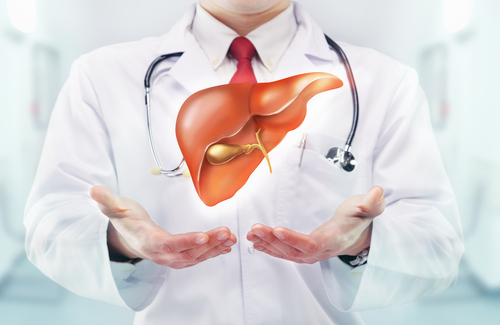Individual Case Report Highlights Rare Acute Kidney Injury Leading To Mitochondrial Myopathy

A recent case report of a patient with acute kidney injury who was later diagnosed with mitochondrial myopathy, titled “Recurrent episodic acute kidney injury as presenting manifestation of mitochondrial myopathy,” is published in the Indian Journal of Nephrology.
Mitochondrial cytopathies (MC) are a rare heterogenous group of neuromuscular conditions with multisystem affection such as unusual renal manifestations. MC occurs due to a defect in the oxidative phosphorylation (OXPHOS) system, embedded in the inner membrane of the mitochondria.
An extremely rare primary manifestation of MC is Acute kidney injury (AKI). In the study, the research team led by Dr. Pahros Matthai from the Department of Pathology at Christian Medical College in India describe a case of a 53 year-old man that checked into the hospital with complaints of oliguria, generalized body ache and dark colored urine. The patient had three previous episodes of the same nature, and was treated with peritoneal dialysis during the first episode and hemodialysis in the next two.
[adrotate group=”4″]
After a comprehensive clinical baseline, his pattern of symptoms was consistent with rhabdomyolysis. The patient underwent three sessions of hemodialysis and attained complete recovery of his renal function. After another clinical assessment, provisional clinical diagnosis of metabolic myopathy — possibly McArdle’s disease — causing exercise induced rhabdomyolysis was considered and a muscle biopsy was performed. Subsequent electron microscopy confirmed the presence of abnormal aggregates of mitochondria in the subsarcolemmal region corresponding to RRF. A final diagnosis of MM was established based on light microscopy, enzyme histochemistry, special stains, and electron microscopy findings.
Based on this scenario, the authors concluded that patients with recurrent rhabdomyolysis-related AKI should be further evaluated by means of muscle biopsy. After a consistent assessment of MM, patients should avoid physical stress, which may provoke relapses of the disease. The clinicians further suggest that screening for subclinical renal involvement and monitoring for renal disorders is required in all patients with MC. Screening of family members, keeping in mind possible maternal as well as Mendelian pattern of inheritance, is also important.
The case illustrated in the study describes an unusual presentation of a rare disorder, but also to highlights the value of reaching a correct etiological diagnosis of AKI, which can lead to prevention of further episodes of renal failure by counseling and institution of appropriate avoidance measures.






